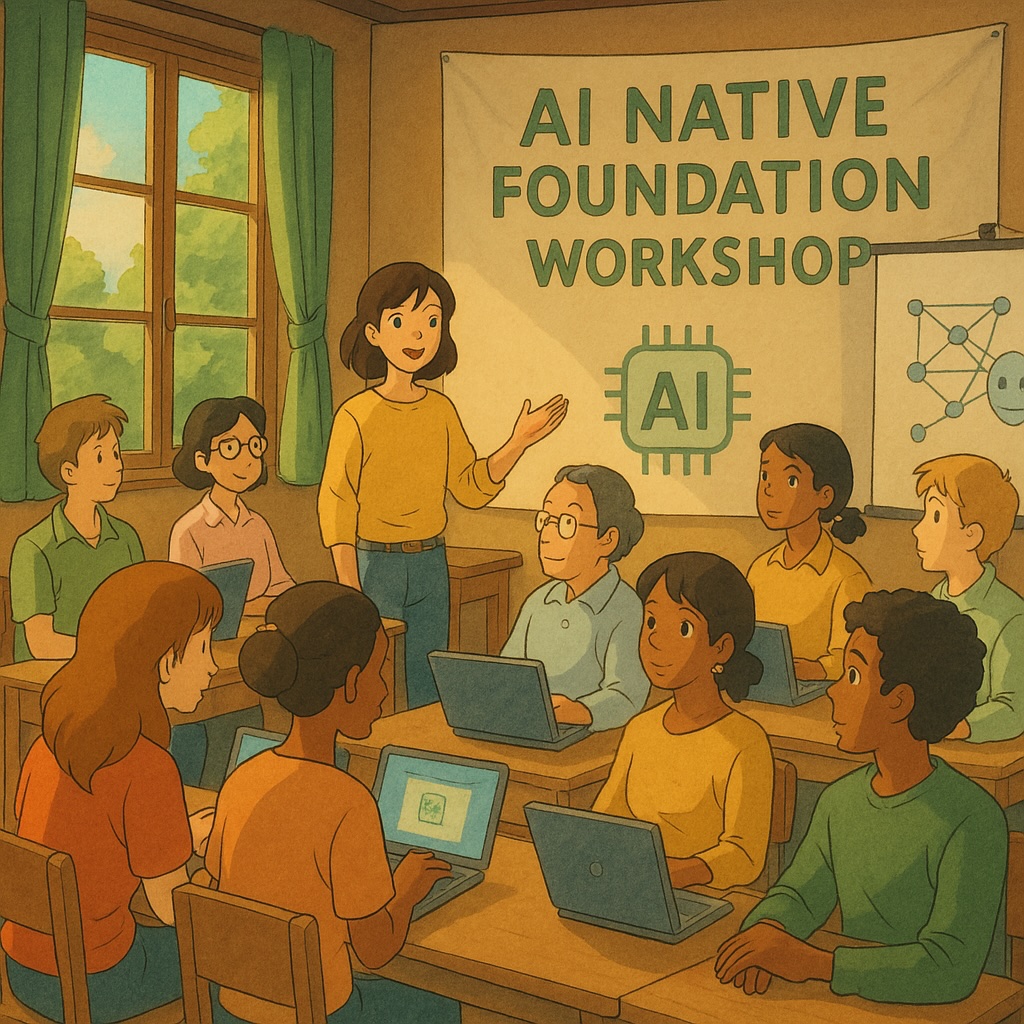Studio Ghibli Style Takes Social Media by Storm: ChatGPT Leads the “AI Native Style” New Wave
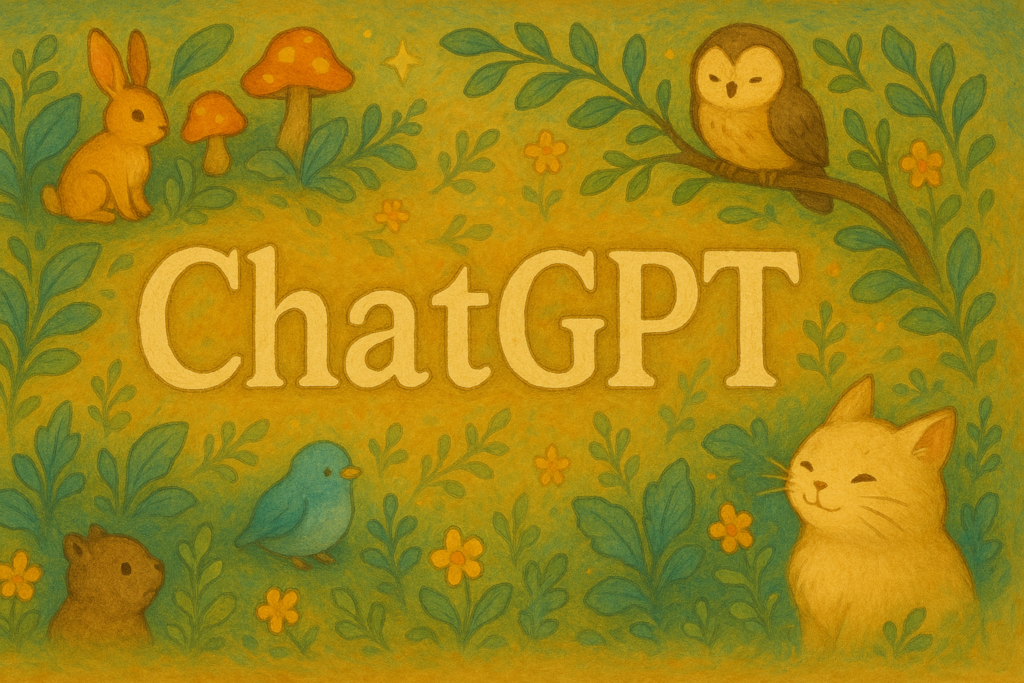
ChatGPT’s image generation technology has been live for just one day, yet an unprecedented creative storm has already swept across global social media. Users have quickly fallen in love with the possibility of transforming various images into the dreamlike aesthetic of Studio Ghibli—the Japanese animation studio behind classics like “My Neighbor Totoro” and “Spirited Away”—which is spreading at an astonishing rate across social platforms. The steep upward curve of “Ghibli”-related searches on Google Trends clearly documents the explosive trajectory of this cultural phenomenon.
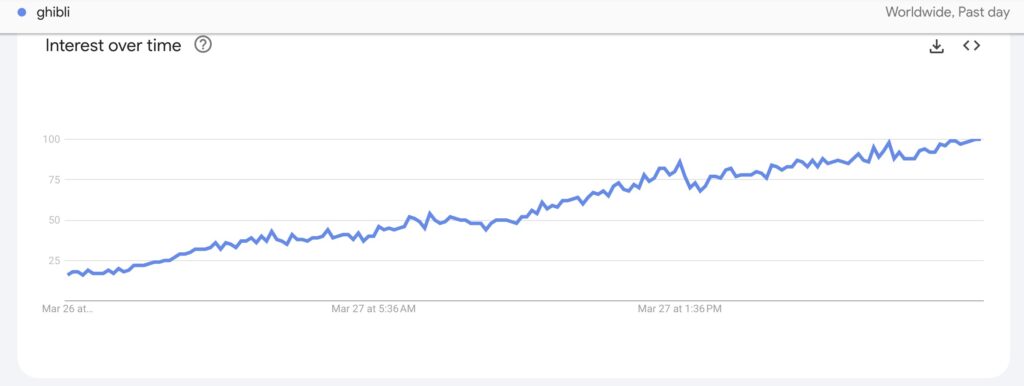

This creative wave, powered by GPT-4o, has produced an impressive diversity of works: tech leader Elon Musk reimagined as a character from Hayao Miyazaki’s world, Middle-earth from “The Lord of the Rings” given a fresh Japanese animation interpretation, and political figures also adorned with this warm and dreamy artistic style. Notably, OpenAI’s CEO Sam Altman has also joined the trend, changing his social media avatar to a Ghibli-style image—this “leading by example” action has undoubtedly added extra attention to this style revolution.
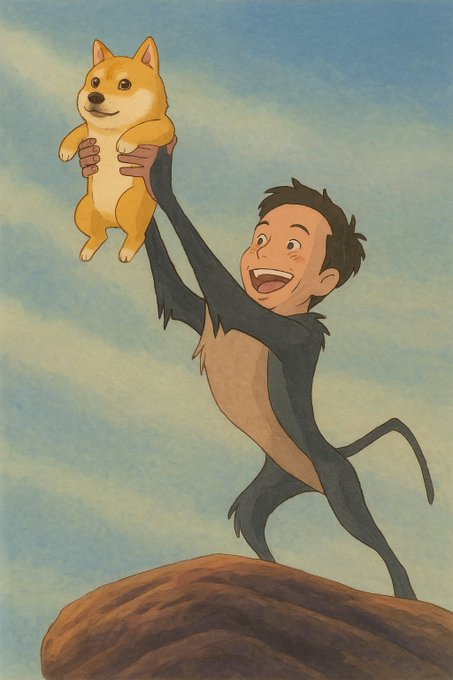
Image Credit: @elonmusk on X
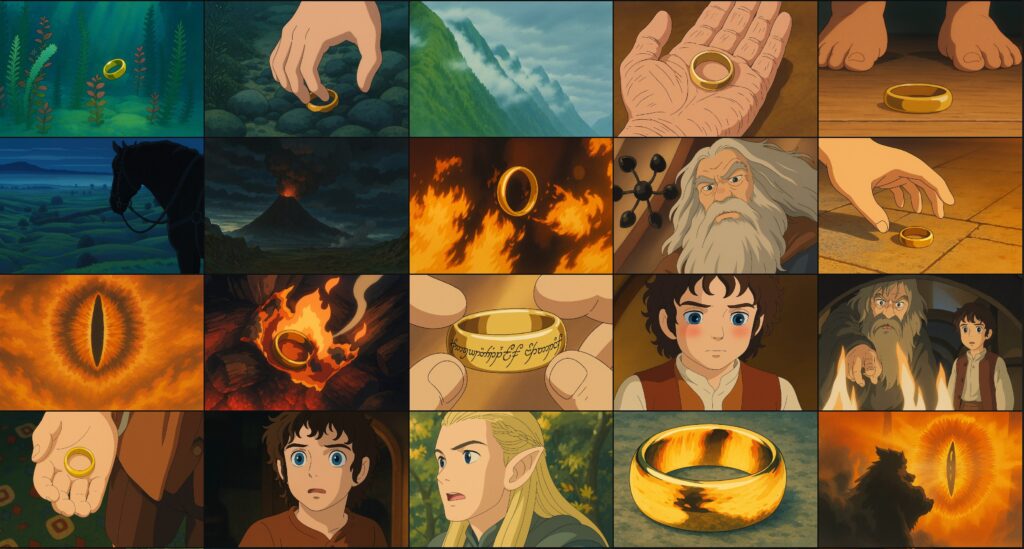
What if Studio Ghibli directed Lord of the Rings?
Image Credit: @PJaccetturo on X
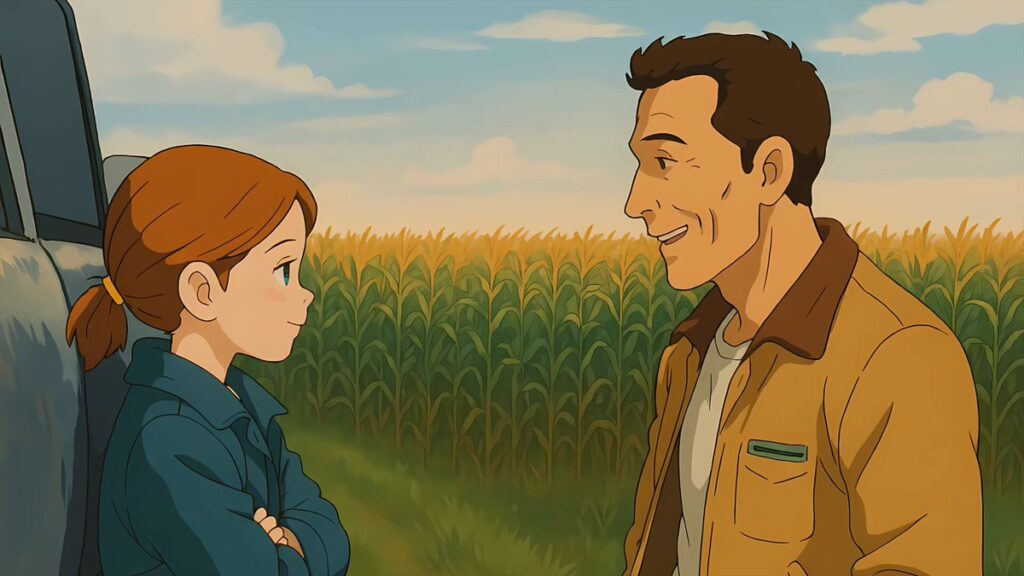
what if interstellar was a ghibli animation
Image Credit: @kb24x7 on X

Elon and Trump drinking wine in Ghibli
Image Credit: @deedydas on X
Beyond the Trend: The Cultural Significance of AI Native Style
Behind what appears to be simple style mimicry lies a deeper cultural transformation. This “AI Native Style” phenomenon represents two key breakthroughs:
Firstly, it breaks down traditional barriers to creative expression. Artistic techniques that once required professional training can now be achieved with a few simple instructions. This dramatic lowering of creative thresholds allows more people to participate in high-quality visual content creation, expanding the possibilities and diversity of creative expression.
Secondly, this creative mode demonstrates the unique fusion of human creativity and artificial intelligence capabilities. Users provide ideas and direction, whilst AI contributes its profound understanding of artistic styles and technical implementation. This is not a simple process of copying or imitation, but a new type of collaborative creation—one that maintains the central position of human creativity whilst leveraging AI technology to achieve new forms of expression.
Future Outlook: The Beginning of New Cultural Expression
The Studio Ghibli style trend may be just a glimpse of the broader development of AI native art. It shows us how AI can become a powerful tool for creative expression, how it can break down geographical and skill limitations, and facilitate the mixing and recombination of cultural elements on a global scale.
As generative technology continues to develop, we can expect to witness the birth of more unique visual languages and forms of expression. These emerging forms will continue to expand our understanding of creativity, whilst also reminding us to consider how to maintain respect for original works in this process, and how to ensure these technologies can serve broader creative communities in an inclusive and responsible manner.
